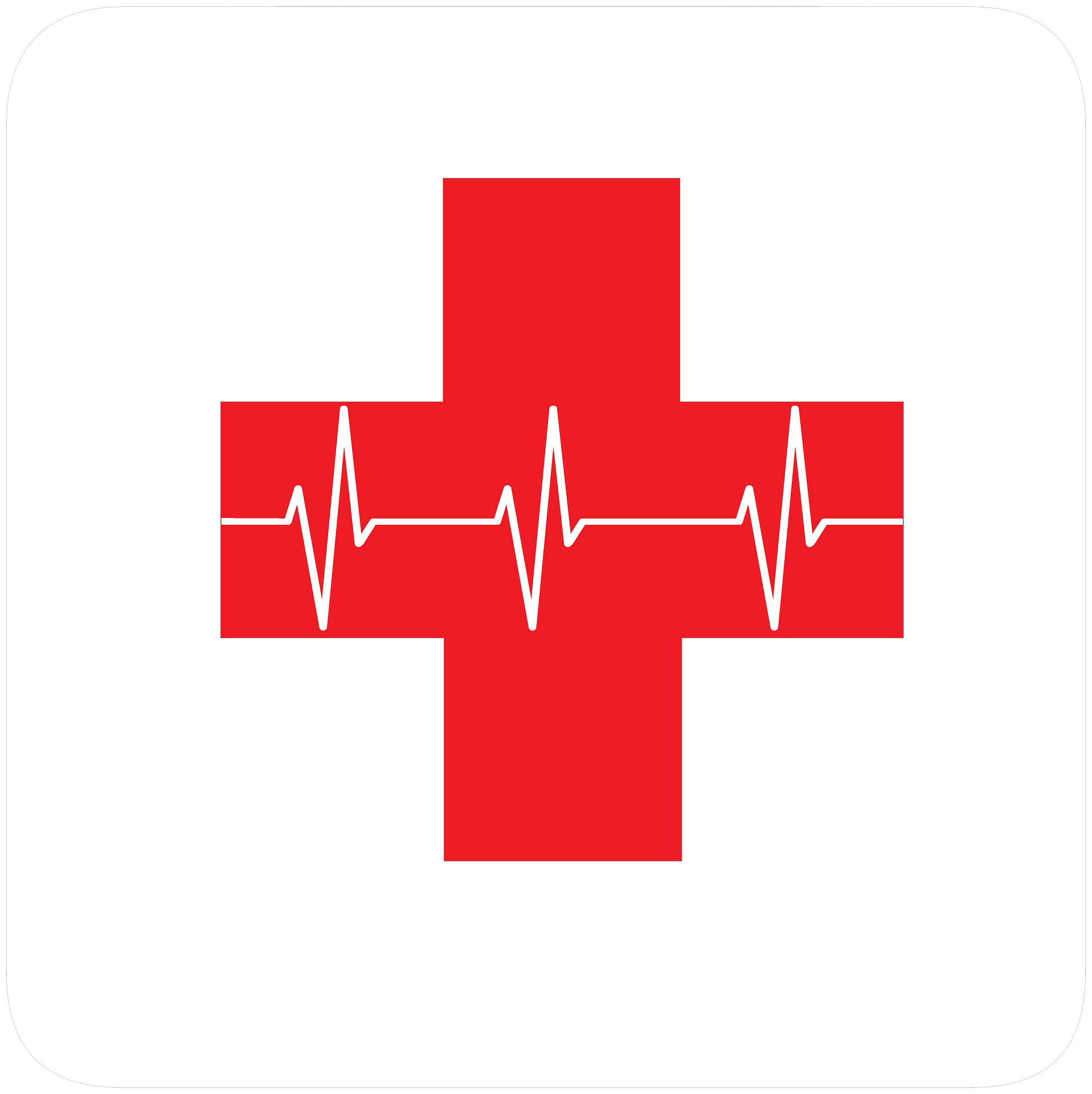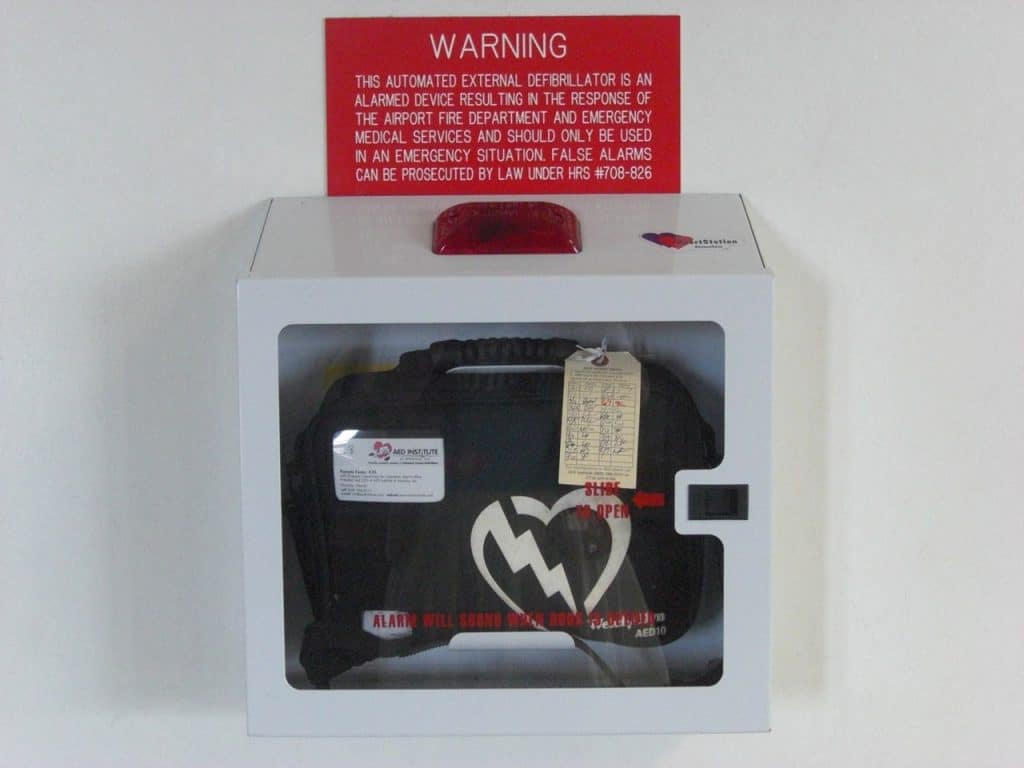What are the differences between basic life support and advanced cardiac life support?
- The students or participants.
- The medical background of the students.
- The topics and techniques discussed.
- The needed medicines.
- The tools needed.
Aside from an AED and CPR certification, learning how to administer basic life support is a useful skill to have. However, there are plenty of misconceptions regarding the similarity and differences between basic life support and advanced cardiac life support.
To clarify things out, the distinction between the two types of life support is enumerated in this article.
Participants or Students
Due to the simpler nature of a BLS compared to an ACLS, a lesson on basic life support can be taken up by any person, regardless of their profession. Usually, individuals who are not employed in the medical field but still attend the training for BLS or even acquire an online CPR certification have varying professions.
Teachers who are the main adult figure inside the classroom must know how to aid the students in case of an accident or medical concern. Similar to teachers, coaches must have the necessary basic life support skills especially since they are working with highly physically worked athletes.
Another occupation that might require knowledge about BLS is when you are a flight attendant. The flight stewardesses are present in every flight in order to guide the passengers in case of an emergency and to provide basic life support.
In general, CPR certification and BLS skills can be utilized by many professions outside of the medical field. Due to the much complex level of aid that an ACLS provides only professionals with a background in the medical field take up this training.
Physicians must know not only how to conduct needed medical attention inside the operation room, but also outside of it. Nurses must also be skilled in providing ACLS in the event that the patient endorsed to them suddenly needs immediate care.
In case a victim needs further ACLS in a public place, the rescue paramedics must immediately administer the needed ACLS steps. ACLS training is extended even to the dental field and is also essential even when managing the oral hygiene of patients.
The extent of the Medical Background of the Students
In entering any field of study, it is helpful to know a little about the field. Even though it is not required when getting a CPR Certification, knowing a little background information before enrolling for a Basic Life Support class will come in handy.
However, in general, even individuals with merely basic knowledge about the medical fields are welcome to attend a basic life support class. On the other hand, students must at least have basic knowledge about the medical field before taking up training for advanced cardiac life support. By doing so, the trainer is assured that the students understand the technical jargon of the field. The students will also absorb and digest better the lesson and techniques if they have a foundation in terms of knowledge regarding the medical field.
It is common to require advanced cardiac life support students to undergo basic life support training first. In the medical field, it is important to know the basics first before proceeding to the advanced level.
Another major requirement in terms of background knowledge is a good grasp of an electrocardiogram (ECG). It is essential that before enrolling in an ACLS class, a student must know a sufficient amount of information regarding ECG. Along with having ample knowledge, the participant must know how to read and interpret an ECG result.
Topics to be Discussed and Needed Techniques
With the main goal of stabilizing the condition of a victim, one of the main skills to be taught is Cardiopulmonary Resuscitation (CPR). Even the special CPR that should be done to a pregnant woman and infant should be taught.
In relation to administering CPR, the proper support to be provided for both conscious and unconscious victims who are choking. Do take note that first aid for a choking child or pregnant woman is different from the traditional method of aid.
On the other hand, ACLS discusses more complex topics that are ideal for medical personnel. Techniques for the initial recognition of respiratory problems can prevent eventual cardiac arrest. In addition to this, the effective administration of managing airways must be taught. An ACLS training teaches even up to the extent of managing acute coronary syndromes and even stroke.
Medicines to be Administered
Generally, most basic life supports do not involve any medicines, nor do BLS trainers recommend administering medications.
On the other hand, advanced cardiac life support does prescribe several medications to be administered. BLS is a non-invasive form of aid, as opposed to an ACLS that needs IV pushes to be administered.
Alongside the prescription of specific medicines are the proper dosage and means of drug administration for each. In addition, precautionary side-effects must also be noted. Several medicines that are utilized when providing advanced cardiac life support are as follows:
- Adenosine
- Amiodarone
- Atropine
- Dopamine
Tools to be Utilized
ACLS and BLS also have common aspects, and one similar aspect is the needed tools to be used. The proper use of the Automated External Defibrillator (AED) will be taught to both BLS and ACLS training. This portable apparatus detects the rhythm of the heart and can also shoot electric shocks directly to the heart. Doing so can bring back the normal rhythm of the heart.
Due to the more critical nature of an ACLS, it also utilizes several other devices like ECG. An ECG can determine if there is any damage to the heart or blood vessels due to high blood pressure. Through ECG abnormal heart rhythms, cholesterol build-up, or even an enlarged heart can be determined.
Key Takeaway
Basic life support training and advanced cardiac life support training have plenty of differences. Their initial difference is the students and their medical background. BLS participants can train even if their profession is not related to the medical field. On the other hand, ACLS participants should have a basic medical foundation. Nonetheless, both first-aid certificates have still that one main goal – that is to save lives. Join the American Health Care Academy today!


















